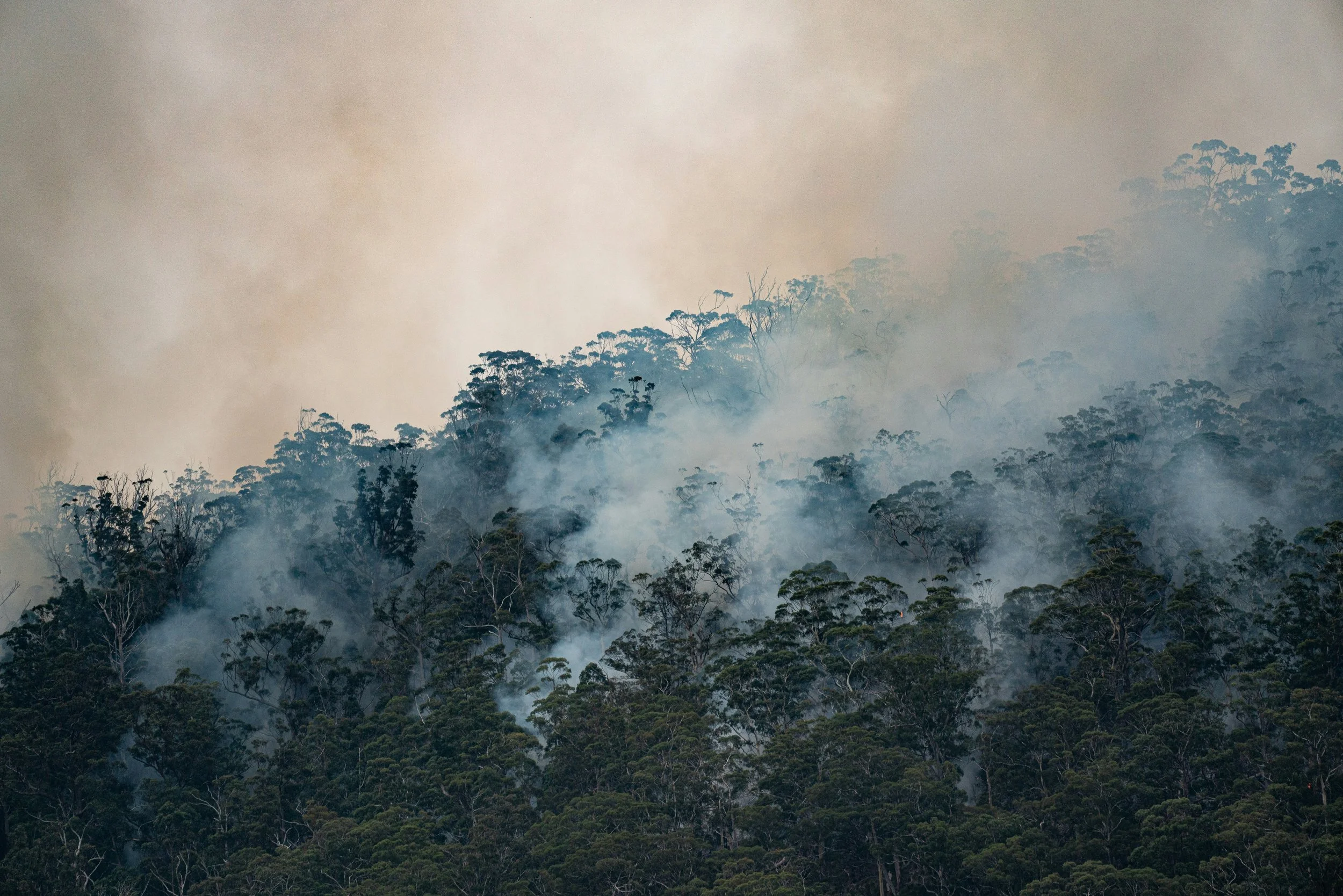How to check your bushfire risk – and prepare
Pic courtesy of Matt Palmer
Do you know your home’s level of bushfire risk?
Spring brings with it the start of Sunshine Coast’s dry season. It also heralds the start of bushfire season.
Sunshine Coast Council is encouraging our residents to familiarise themselves with understanding bushfire season and how to prepare.
Council’s Disaster Manager Coordinator Jason Membrey said it was important for residents, no matter where they lived, to prepare their property and businesses.
“Now is the time to do your homework and know your risk, prepare your household and know how to protect yourself, your family and your property,” Mr Membrey said.
“A well-prepared home is easier to defend and reduces the risk to surrounding properties.”
Rural Fire Service Queensland (RFSQ) South Eastern Region Acting Superintendent Shaune Toohey reminded residents that bushfires could impact hinterland and coastal communities quickly, as we saw in the 2019 bushfire season.
“It’s also important for anyone travelling through the region to be familiar with the local bushfire risk and know how to stay up-to-date,” Acting Superintendent Toohey said.
“We’re asking residents and landholders to make sure their properties are prepared before fire activity starts.”
What you can do to best prepare
Acting Superintendent Toohey said simple steps like mowing your lawn regularly, trimming overhanging branches and getting rid of flammable items from around the house all helped to reduce risk.
“It’s also important to make sure you have a bushfire survival plan and that everyone in your household knows what actions to take should a bushfire occur,” he said.
RFSQ and Council reminded residents that in bushfire-prone areas they should be self-reliant to ensure their safety.
Your property is more at risk from bushfires if :
• you live close to bushland
• your area has a bushfire history
• you have greenery within 20 metres of your buildings
• your structures are built on a slope.
The Queensland Fire Department’s (QFD) website has a post code checker so residents can check their home’s level of risk.
QFD and Council’s Local Disaster Management Group recommend you prepare your property.
Buildings
Clear gutters and roof of debris. Installing gutter guards is recommended. Check and maintain firefighting pumps, generators and water systems. Enclose open areas under decks and floors. Install steel wire mesh screens on windows, doors, vents, and weep holes. Point LPG cylinder relief valves away from your house. Seal gaps in external roof and cladding. Remove flammable items from your residence (furniture, woodpiles, mulch, hanging baskets).
Vegetation
Reduce foliage alongside paths. Mow lawns regularly. Remove excess flammable debris. Trim low-lying branches to a height of two metres from the ground. Improve firebreaks or conduct a hazard reduction burn.
Find out more about landholder clearing for bushfire management on the State Government’s website.
Access
Ensure your house number is easily viewed. Space for fire trucks to access your home should be at least four metres wide and high and with a turn-around area.
Personal
If a fire is on its way, you may have as little as five minutes to leave your home safely.
Have protective clothing and equipment for the whole family readily accessible. Prepare your evacuation kit and emergency kit. Check and restock first aid kit. Check insurance policies for home and vehicles are current. Make or update your Bushfire Survival Plan for your family. Decide beforehand if you’ll stay and defend or go early for safety. Note your Neighbourhood Safer Place as a place of last resort. Prepare your pets
Contingency Plan
Bushfires are unpredictable and plans can fail. What ifs to consider:
• You’re away from home (work, school, shopping)?
• You cannot find your pets
• You’re home alone?
• You have guests staying?
• Your travel route is cut off?
• You’re trapped in your home?
• You had planned to stay but it is now unsafe?
Landowners
Owners are responsible for managing bushfire hazards on their property.
If a fire starts, you are legally responsible for taking all reasonable steps to report the fire and prevent the fire jumping to another property. Prepare and plan for bushfire hazards by being aware of fire management issues in your area, particularly if your land shares boundaries with bushland. Prepare and implement a land and water management system. Before clearing your land, you should check which local vegetation protection laws apply in your area. Click here for further information. If an officer becomes aware of a potential bushfire hazard on private property, they are authorised under the Fire Services Act 1990 to undertake a site inspection to discuss what may be necessary to reduce the risk of bushfire.
Stay informed by visiting Council’s Disaster Hub and visiting www.qfes.qld.gov.au.
Preparing for bushfire season is everyone’s responsibility. By working together, we can ensure a coordinated, strong, resilient Sunshine Coast.

